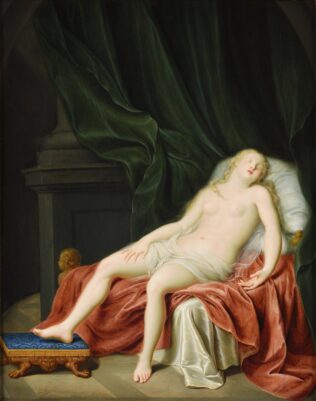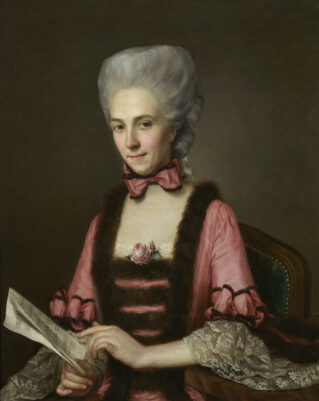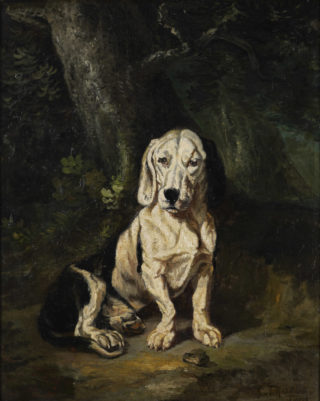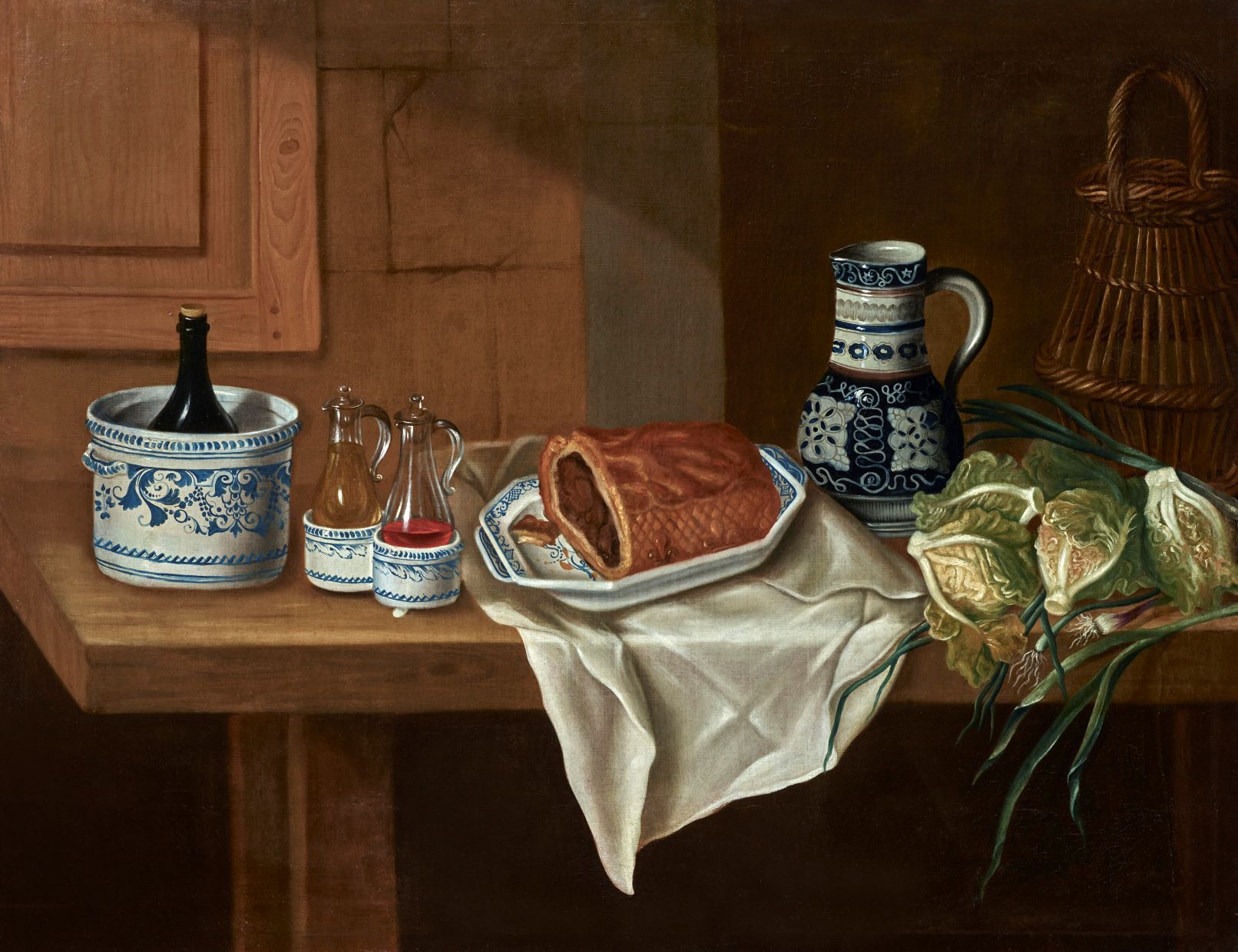
Claude-Joseph Fraichot
Still life with faience and a pie on a plate, bottles with oil and vinegar, a bottle of wine in a faience cooler and cabbages, all on a ledge
Provenance:
Still life with faience (…)
Private collection; sale, Sotheby’s, Paris, 26 June 2019, lot 105, when acquired by the present owner.
Un déjeuner de maigre
Private collection.
Bought in France in 2019 by the present owner.
Catalogue Entry
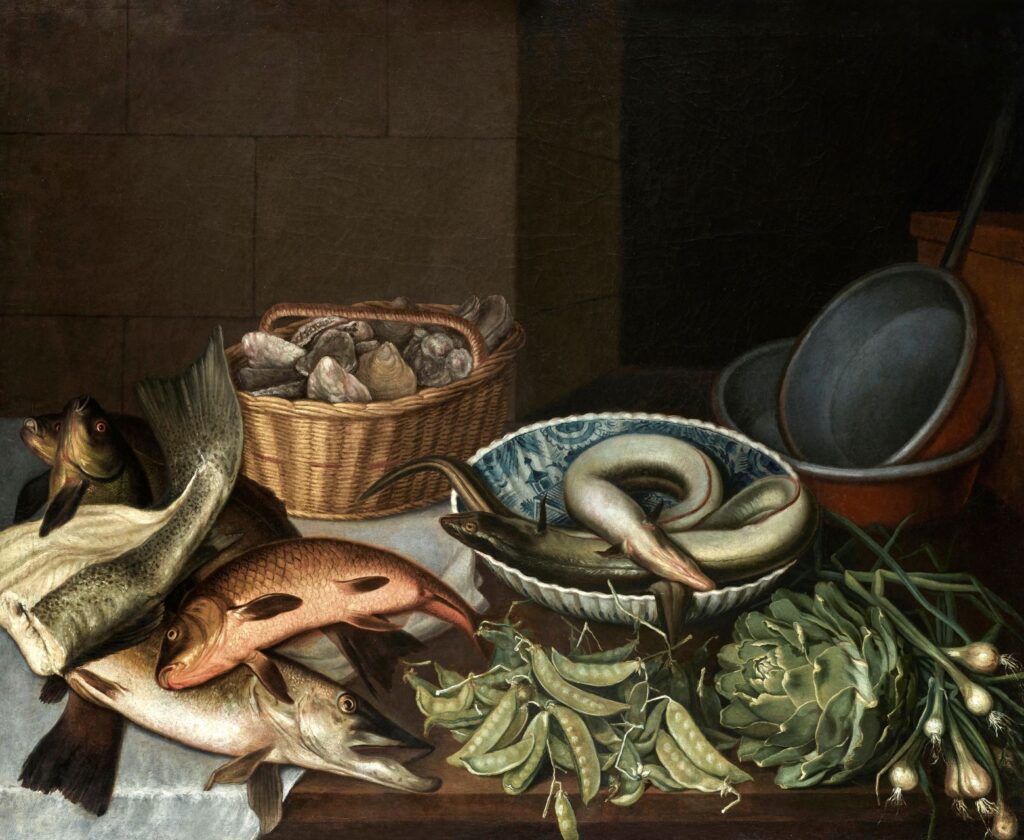
Claude-Joseph Fraichot (Besançon 1732–1803), Un déjeuner de maigre, oil on canvas 38 5/8 x 46 7/8 in. (98 x 119 cm.)
The son of Jean Fraichot, a painter from Morteau, and godson of a sculptor with whom he shared the same name, Claude-Joseph Fraichot was born in Besançon on March 22, 1732. Information about his training and early career is scarce until 1774, when he was appointed Professor du dessin at the Académie de peinture et de sculpture de Besançon.1 He was one of the artists that, like François Boucher, were selected by the Loge de Besançon to engrave their diplôme, a document listing the names of the Loge members along with their ranks. The diplôme Fraichot illustrated for the Loge Sincerité is the oldest preserved at the Besançon Municipal Archives and was used until the beginning of the nineteenth century. After the Académie closed in 1792, Fraichot worked as a professor at the Besançon Palais Granvelle.

Fig. 1. Claude-Joseph Fraichot, Table servie au fromage, oil on canvas, 74 x 97 cm, Musée de Besançon, Besançon.
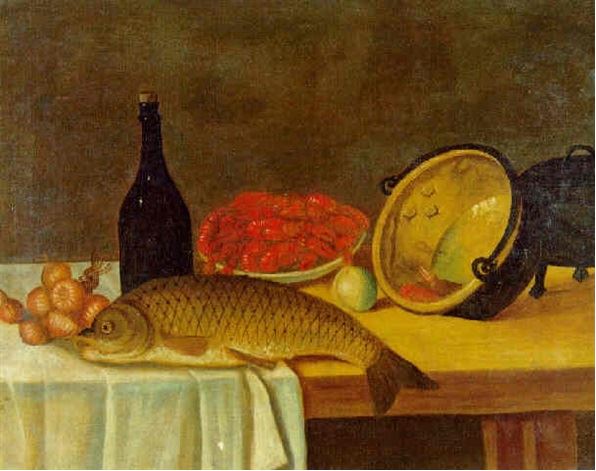
Fig. 2. Claude-Joseph Fraichot, Le repas maigre, oil on canvas, 65 x 81 cm, Private collection, Paris.
Throughout his career as a painter, Fraichot mostly produced portraits and still-lives, as exemplified by the present works. Both canvases depict interiors with tables graced with foods and objects. In Still life with faience (…), Fraichot painted a wooden table with a wine bottle, two oil and vinegar dispensers, and a meat pie resting on white pieces of porcelain decorated with blue motifs. On the right, a porcelain ewer, cabbages and a wicker container complete the composition. Light falls from top left, casting shadows, and creating contrasts in light and shading across the white cloth at the centre of the table. Although less dramatically, in Un déjeuner de maigre, light also falls from top left to reveal a variety of sea and freshwater fishes laying on a tilted wooden table, pushed close to the picture plane. Oyster shells fill a wicker basket in the background, paired, on the left, by two cooking pans. Three carps, a piece of truncated haddock and a pike are arranged on a white cloth. Two eels rest inside a bowl, while green beans, a large artichoke and onions are in the foreground.

Fig. 3. On the left: detail of fig. 10 (left image); on the right: Claude-Joseph Fraichot, Still life with faience (…), detail.
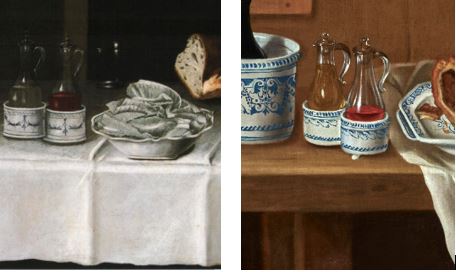
Fig. 4. On the left: Claude-Joseph Fraichot, Bowl of salad, bread, cherries, poultry and turnips on plates, oil on canvas, 56 x 70 cm, Private collection, detail; on the right: Claude-Joseph Fraichot, Still life with faience (…), detail.
Both works include elements that are often found in Fraichot’s still lives. The disposition of ordinary objects on sturdy, wooden kitchen tables and the presence of a white cloth with rigid folds, partially covering their surfaces, recur in most compositions by the artist (Fig. 1). The motifs of the carp and tilted pan in Un déjeuner de maigre reappear, very similar, in a painting of comparable subject, Le repas maigre (Fig. 2). Fraichot often included earthenware in his works. The wine cooler and porcelains in Still life with faience can be closely compared in shape and decoration to those appearing in Nature morte au jambon (Fig. 3) and Bowl of salad, bread, cherries, poultry and turnips on plates (Fig. 4). Similar objects have been identified by scholars as faïence, or tin-glazed potteries, dating to after 1750.2 Tin-glazing had reached France from Italy in the second half of the fifteenth century, booming during the seventeenth and eighteenth centuries.3 Faïence pieces were produced as ornamental objects or for every-day use, as the present works exemplify. During the eighteenth century, blue and white faïence became popular in their emulation of Chinese porcelain, which was fashionable at the time. The bowl in Un déjeuner de maigre attests the influence of Chinese motifs, as exemplified by the top section of a temple appearing between the two eels (Fig. 5). In Still life with faience, the finely outlined blue ornaments on white ground combine an interest in Oriental pottery with the legacy of French designer Jean Bérain.
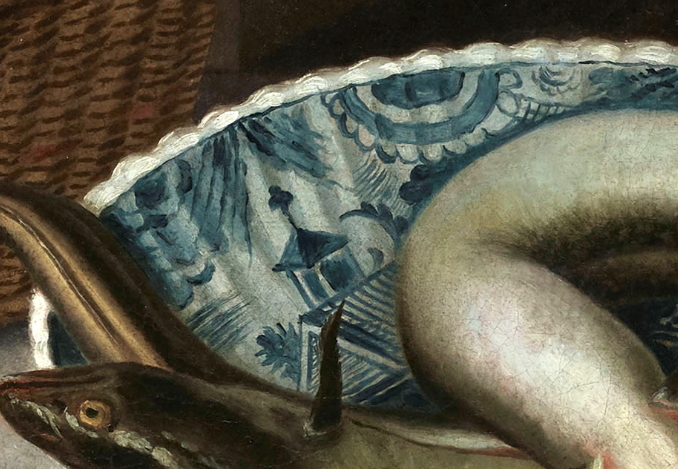
Fig. 5. Claude-Joseph Fraichot, Un déjeuner de maigre, detail.
In addition to painting recurring objects, Fraichot could repeat entire compositions. This was not an isolated episode: artists like Chardin used to copy their own paintings, at a time when copies were considered as valuable as the original.4 Still life with faience can be closely compared to at least four other canvases showing an almost identical image: A still life with Eastern French faience dishes, a wine ewer, vegetables, and a tart (Fig. 6, Private collection), Les apprêts du repas (Fig. 7, Private collection), Still life with jug, cruet, pie, salad and ceramic fruit bowl (Fig. 8, Private collection) and Table de cuisine (Fig. 9, Private collection, Switzerland). By comparing the present work with figures 6 and 7, one detects slight differences in objects’ proportion, color palette and faïence decoration, yet the composition is identical. Figures 8 and 9 present a similar composition, with the addition of a white porcelain fruit bowl, are larger in size and are signed ‘Fraichot fecit’ on the left side of the table.
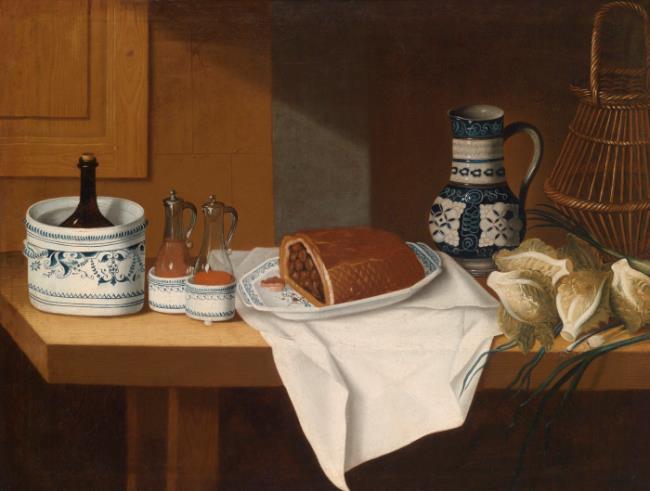
Fig. 6. Claude-Joseph Fraichot, A still life with Eastern French faience dishes, a wine ewer, vegetables, and a tart, oil on canvas, 73.5 x 95.5 cm, Private collection.

Fig. 7. Claude-Joseph Fraichot, Les apprêts du repas, oil on canvas, 79 x 102 cm, Private collection.
Lack of documentation prevents one from affirming whether the signed works might have preceded further unsigned copies, and from identifying the original. The repetition of compositions alike leads one to hypothesise that the artist did not produce these paintings on commission but possibly executed them for the free market. In their reference to intimate domestic life, such works might have suited the taste of the small bourgeoisie. Still lives were often produced and purchased as pendants. Extant examples by Fraichot pair one still life displaying meat with another displaying fish, cheese or bread (Fig. 10). In the second half of the eighteenth century, French still life did not bear the moralistic messages of the Dutch and Netherlandish tradition, yet such a combination alluded to Carnival and Lent foods, symbolising the contrast between earthly pleasures and Christian virtues.5 Considering that the aforementioned Les apprêts du repas (Fig. 7) was paired with a canvas displaying baked goods,6 one cannot exclude that the present works might have originally been accompanied by now-lost pendants.
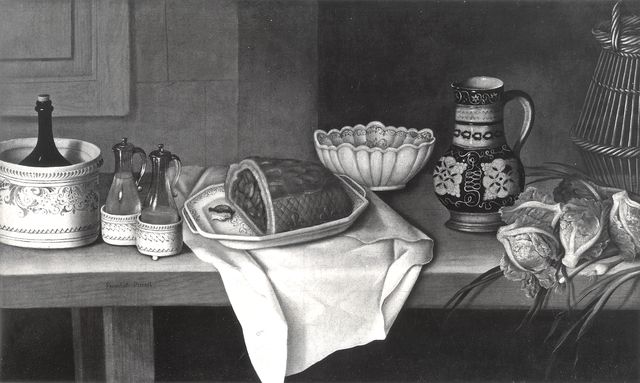
Fig. 8. Claude-Joseph Fraichot, Still life with jug, cruet, pie, salad and ceramic fruit bowl, signed ‘Fraichot fecit’, oil on canvas, 60 x 102 cm, Private collection.
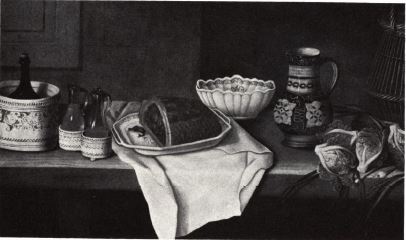
Fig. 9. Claude-Joseph Fraichot, Table de cuisine, signed ‘Fraichot fecit’, oil on canvas, 61 x 102 cm, Private collection, Switzerland.
In the second half of the eighteenth century, the still life genre was still on the lower rungs of the artistic ladder – as it had been defined by the French Academy – yet it flourished across the French provinces. The Enlightenment had spread new ideas of rationalism and order, which opened the way in painting for greater simplicity in both technique and subject matter. Artists became particularly interested in depicting what Michel and Fabrice Faré have defined as the “vie silencieuse,” or silent life.7 Fraichot’s still lives such as the present ones are images of rustic simplicity. The artist paid attention to rendering the objects’ different textures, from the slimy fresh fish scales to the shiny gloss of porcelain. In Still life with faience, Fraichot has even paid attention to rendering the dough lily-shaped decorations on the meat pie (Fig. 11). They are a distinctive ornament of the Bâton royal, a sort of pastry garnishing a piece of beef, which traced its origins to the times of King Charles VII, the fleur-de-lis being a symbol associated to the French monarchy.
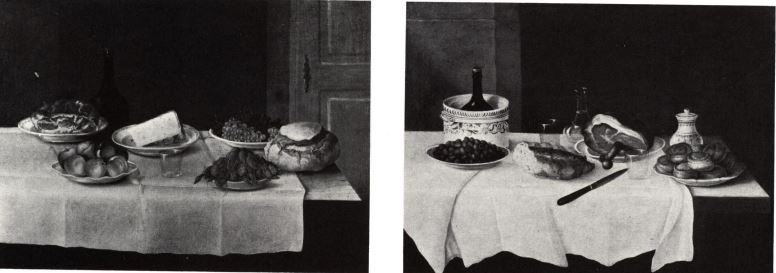
Fig. 10. On the left: Claude-Joseph Fraichot, Une table dressée, oil on canvas, 73 x 100 cm, Private collection; on the right: Claude-Joseph Fraichot, Nature morte au jambon, oil on canvas, 73 x 100 cm, Private collection.
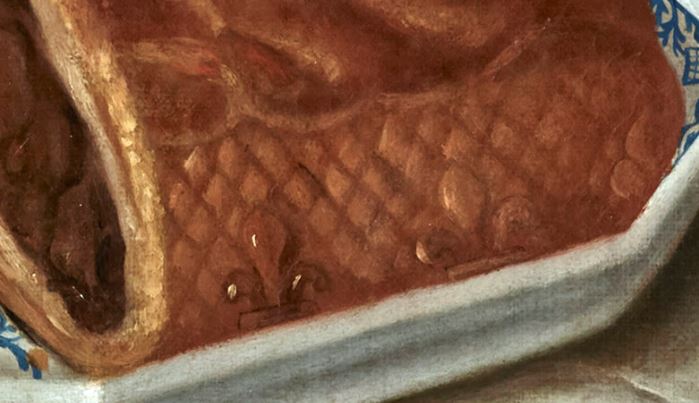
Fig. 11. Claude-Joseph Fraichot, Still life with faience (…), detail
1 Mémoires de la Société d’émulation du Doubs, VI series, Vol. III, Besançon, 1888, p. 67 : “Le sieur Claude-Joseph Fraichot, peintre, demeurant rue de Battant, professeur de l’Académie de peinture et de sculpture, commencera, lundi 11 du présent mois, ses leçons de principes de dessin, dans la salle de l’Académie de peinture et de sculpture de Besançon, à six heures du soir, et continuera suivant le règlement fait par Mrs les Officiers municipaux.” 2 C. Benedict, “Petits maitres de la Nature Morte en France,” in Oeil, 1962, 91/92, p. 45. 3 For a detailed study on French faience, see Jeanne Giacomotti, French Faience, (New York: Universe Books, 1963). 4 See, for example, Chardin’s Fruit, Jug, and a Glass at the Washington National Gallery of Art, which exists in several versions, all painted by Chardin. 5 For an overview on the topic, see Ethan Matt Kavaler, “Pieter Aertsen's Meat Stall Divers aspects of the market piece,” in Netherlands Yearbook for History of Art, Vol. 40, Pieter Aertsen (1989), pp. 67-92. 6 See auction catalogue, Christie’s, Paris, 20 June 2007, lot 18. 7 Michel and Fabrice Faré, La Vie Silencieuse en France. La Nature Morte au XVIII siècle, (Paris: Société française du livre, 1976), p. 341.
Condition:
The canvases are original in size, and no major damages or repairs are visible. The two paintings have been cleaned and restored recently. Un déjeuner de maigre bore traces of previous restorations.
